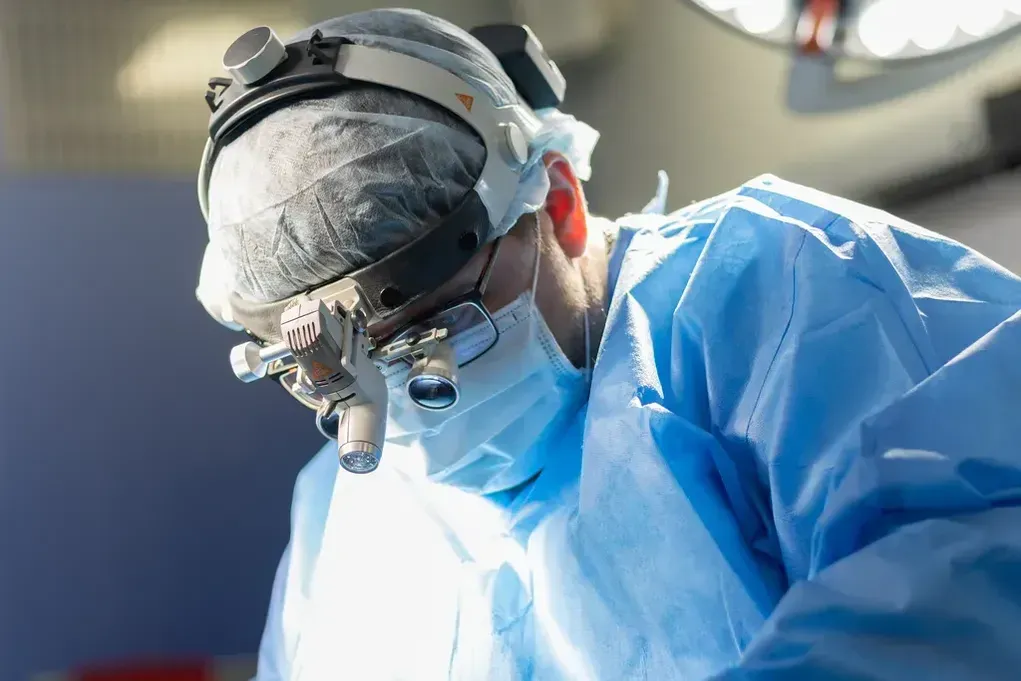Inflammatory (dizimmune) polyneuropathies
The group includes rare autoimmune diseases affecting the peripheral nervous system. These include acute Guillain-Barre syndrome, chronic inflammatory demyelinating polyneuropathy (CVP), multifocal motor neuropathy (MMN), and others.

In these conditions, the immune system mistakenly attacks the myelin sheath of the nerves or the nerve fibers themselves, causing inflammation, impaired conduction of impulses and, as a result, muscle weakness, impaired sensitivity and autonomic disorders. The development of the disease is often associated with viral or bacterial infections, surgical interventions, severe stress or intoxication. In some patients, the disease develops acutely, within a few days or weeks, as in Guillain-Barre syndrome, in others it progresses slowly, for years.
Causes
Previous viral infections
Bacterial infections
Previous surgical procedures
Severe stressful situations and intoxications
Autoimmune processes that disrupt the normal functioning of the immune system
Symptoms
Increasing muscle weakness that starts in the legs and goes up
Symmetrical limb paresis, decreased tendon reflexes
Feeling of numbness, tingling or burning in the extremities
Neurological pain (burning, stabbing, electric shock-like)
Respiratory failure due to damage to the diaphragm and intercostal muscles
Impaired swallowing, speech, and motor activity of the facial muscles
Fluctuations in blood pressure, cardiac arrhythmias
Bladder and bowel dysfunction, urinary retention
Loss of coordination, shakiness when walking
After-effects
Without timely medical attention, inflammatory polyneuropathies can lead to severe complications: complete paralysis, respiratory disorders, and autonomic dysfunction. In some cases, after recovery, residual symptoms persist in the form of weakness and sensitivity disorders.
Лечение

Conservative treatment
The diagnosis of inflammatory polyneuropathies requires a comprehensive approach, including consultation with a neurologist, neuromyography, ultrasound of nerves and, if necessary, biopsy of nerve or muscle tissue. Treatment is carried out in a hospital setting, as in acute cases patients may need intensive care. First of all, plasmapheresis or intravenous administration of class G immunoglobulin is used, which help reduce autoimmune inflammation and accelerate recovery. An important role is played by symptomatic therapy aimed at maintaining vital body functions, preventing thrombosis and pressure sores, normalizing the water-electrolyte balance and eliminating pain. If the patient has significant difficulty swallowing, they may need to be fed through a probe, and if respiratory failure develops, they may need to be connected to a ventilator.

Surgical treatment
In severe cases, when the patient cannot breathe independently for more than 10 days, a tracheostomy is performed, which allows for prolonged ventilation of the lungs. With severe swallowing disorders, gastrostomy may be required – the installation of a special feeding probe. After the stabilization of the condition, long-term rehabilitation begins. Thanks to comprehensive treatment and supportive therapy, most patients are able to return to an active life.
Schedule a visit to the clinic
How to reach
Moscow, 1st Yamskogo Polya Street, 15
Mon–Sun Around the clock
+7 495 255-50-03
How to get
From the Belorusskaya metro station of the Zamoskvoretskaya line - exit 4 After exiting the subway, walk through the pedestrian tunnel and climb the stairs. Move towards the railway tracks, go down the stairs immediately after them and walk along the house, then turn right onto 1st Yamskoye Pole Street. At the turn to 3rd Yamsky Pole Street, cross the road at the pedestrian crossing and continue along 1st Yamsky Field Street, after a few buildings on the left you will see Olympus Clinic MARS.
Travel time
9 minutes
Landmark
Olympus Clinic MARS sign
How to get
From the Belorusskaya metro station of the Ring line - exit 2. After exiting the subway, turn left and walk to the pedestrian crossing. Cross the road through two pedestrian crossings and move along the Tverskoy overpass. Go down the stairs immediately after the railway tracks, walk along the house, then turn right onto 1st Yamskoye Pole Street. At the turn to 3rd Yamsky Pole Street, cross the road at the pedestrian crossing and continue along 1st Yamsky Field Street, after a few buildings on the left you will see Olympus Clinic MARS
Travel time
11 minutes
Landmark
Olympus Clinic MARS sign


